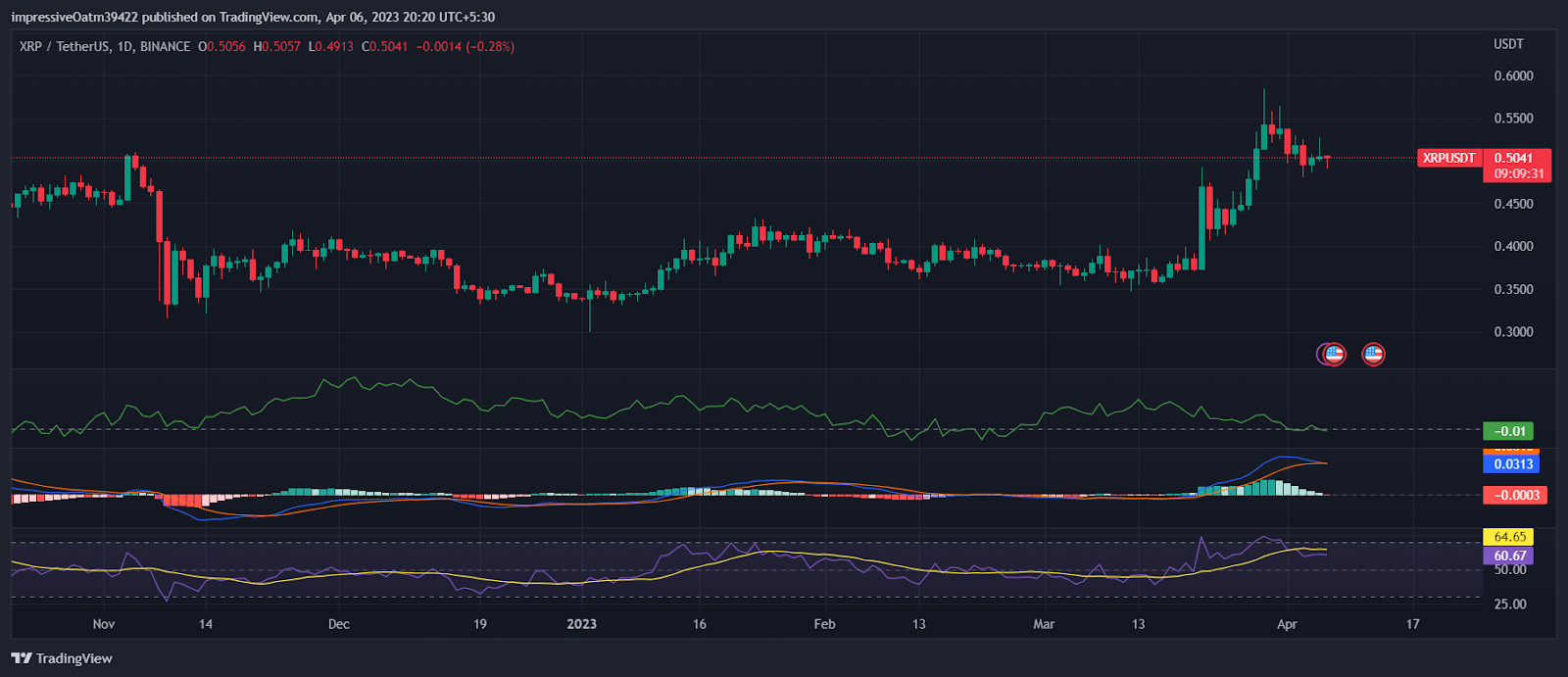Crypto exchanges Huobi, Binance, and MEXC have burned $678 million worth of native exchange tokens. Meanwhile, Huobi advisor Justin Sun faces heat from U.S. regulators.
Huobi burned 296,989,226 HT, or $3.3 million worth, making up around 20% of its Q1 revenues in 2023, while rival MEXC burned about two million or $4 million worth of its MX token.
Huobi Burn Reveals Declining Revenues
MEXC uses 40% of its profits to buy back and burn MX every quarter to keep the token’s circulating supply at 100 million.
Crypto exchanges contribute to deflating their native tokens by sending them to an inaccessible wallet. Funds sent to these addresses can be subtracted from a token’s circulation.
After Huobi’s latest burn, the circulating supply of its HT token is 203.1 million HT. The asset’s price is currently trading at $3.94, down 90% from its all-time high and up 1% in the last 24 hours.

The exchange experienced a 25% decline in the dollar value burned from Q4 2022 to Q1 2023, reflecting a commensurate revenue decrease.
According to Huobi Global’s advisory board member, Justin Sun, Huobi’s revenue accounted for about 11% of the group’s Q1 revenue.
The U.S. Securities and Exchange Commission has charged Sun with offering TRX and BitTorrent (BTT) unregistered securities. The agency also accuses Sun of manipulating the secondary market of TRX and paying celebrities to promote coins without revealing their compensation. The U.S. court will issue a summary judgment if Sun doesn’t respond to SEC lawyer Adam B. Gottlieb in 14 days.
Recently, Binance burned $674 million of its BNB token as part of its quarterly Auto-Burn program. The exchange, the largest burner of the Luna Classic cryptocurrency, also burned 28.95 billion of the token as of March 2023.
In May last year, Luna Classic collapsed along with the TerraUSD stablecoin, now dubbed Terra Classic. The number of LUNC burned is about 53 billion, worth roughly $6.7 million at press time. MEXC is the second-largest LUNC burn contributor.
Blockchain Firm Warns of Potential Liquidity Crisis at Huobi
The recent collapse of FTX increased scrutiny of the native tokens of exchanges.
A leaked balance sheet belonging to Alameda Research revealed large concentrations of FTX’s illiquid FTT tokens. The token offered holders trading discounts, amongst other things, with FTX regularly burning a portion of FTT. Alameda Research was a market maker for FTX, a Bahamian exchange co-founded by Sam Bankman-Fried in 2019.
The subsequent collapse in the price of FTT caused both Alameda Research and FTX to file for bankruptcy. Now revelations about the asset composition at Huobi have spooked some investors.
Blockchain intelligence firm CryptoQuant recently revealed that Huobi’s HT token comprised roughly a quarter of the exchange’s asset reserves. The firm warned that this level of HT concentration could cause liquidity risks if investors pulled funds en masse from the platform.
Earlier this year, Sun deposited $100 million in stablecoins to shore up the exchange’s liquidity.
Last year, Sun denied that the exchange was in financial trouble, despite a round of layoffs in October.
On-chain data revealed Sun recently moved about $4.6 million worth of ETH to Huobi and Binance amid SEC allegations.
BeInCrypto reached out to Sun but had not heard back at press time.
For Be[In]Crypto’s latest Bitcoin (BTC) analysis, click here.
 beincrypto.com
beincrypto.com
